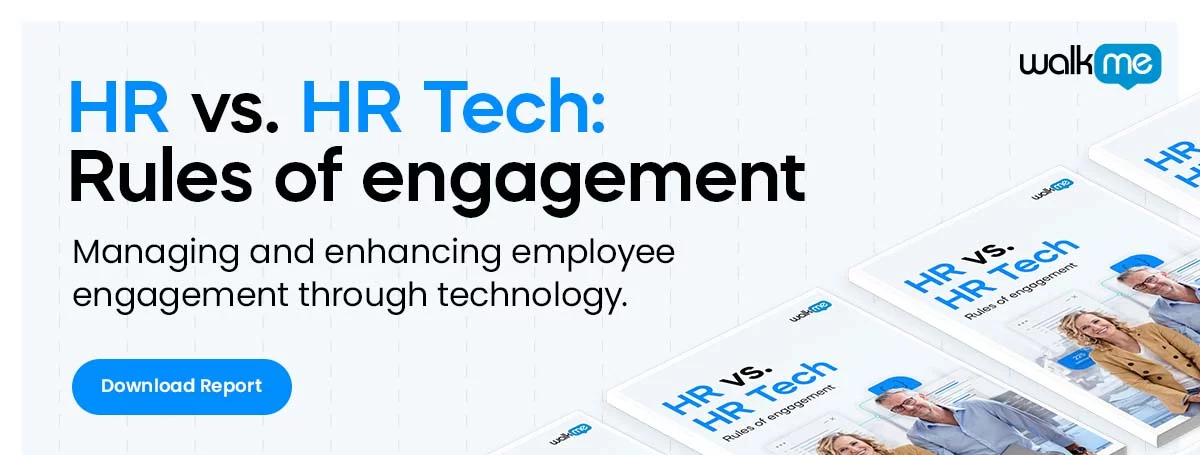
Strategic workforce plan is important to any organization — it helps organizations manage change, not get taken by surprise when internal or external events have a major impact on business leaders and operations, and ensure the right people are deployed in the right places at all times.
The basic processes needed to get started with workforce planning include workforce analysis and pinpointing emerging challenges and opportunities that will require a robust, flexible workforce. However, this sort of analysis will only be effective if the planning process then moves to a strategic phase.
What is strategic workforce planning?
Strategic workforce planning goes beyond a staff audit and looks at the bigger picture. When organizations take a strategic approach to this important process, business strategy, data and technology work harmoniously to make workforce decisions that help reach not just HR goals, but improve productivity and the bottom line.
Strategic workforce planning is not just a function of the HR department — it is a process that takes in every part of the organization. Every department has its role to play in ensuring everything runs smoothly and targets are met, so it makes sense to get input from everyone. Involving teams beyond HR means it is more likely that workforce issues will not be missed. This could be the difference between a workforce planning process succeeding or failing.
After all, who better to ask about the staffing concerns in, for example, the marketing department than the people who work in the marketing department. A siloed approach to workforce planning could mean that serious issues that need to be addressed will fall by the wayside if every team is not fully engaged.
What are the goals of strategic workforce planning?
When workforce planning moves from simple auditing of staff to an in-depth strategic approach, a set of goals becomes increasingly clear. Getting the basics right, such as determining where the skills gaps are in the organization, are important — then big picture goals can be set with input from across all teams, rather than leaving the process to HR.
When all parts of the organization are involved and everyone buys into the process, workforce planning becomes integral to overall organizational improvement. This is when it becomes clear that strategic workforce planning plays an important role in increasing revenue as well as company-wide job satisfaction.
These goals include:
- Succession planning: Ensuring that there are clear career paths for all employees and that any future staff departures are managed smoothly.
- Career planning: Closely related to succession planning, this process helps develop team members at every level of the organization.
- Scenario planning: Preparedness for internal and external changes and pressures means organizations will be ready to turn challenges into opportunities.
- Outsourcing: Are there functions which could be performed more cost-effectively by an outside organization?
- Flexible working: Especially since the Covid-19 pandemic changed the way we work, flexibility has become a priority for many organizations, rather than just a buzzword.
- Training and multi-skilling: Making constructive investment in developing your people can pay dividends in employee retention and productivity, both within HR departments and across the whole company.
- Role design: Are job descriptions fit for purpose or will a greater understanding of everyone’s roles help everyone reach their potential while meeting the organization’s goals?
- Reaping the benefits of creating a more diverse and inclusive workplace.
The role of data and technology in strategic workforce planning
As well as encompassing every part of an organization, strategic workforce planning best practices leverages data and technology to its maximum potential.
Across every industry sector, data has become increasingly important when it comes to decision-making. When an organization uses best practice methods to collect and analyze data during the strategic workforce planning methodology, better decisions are more likely to follow. We are living in an era where data is a valuable commodity and this is especially true for the HR function.
Important, powerful data points to be collated for strategic workforce planning, which go beyond basic HR metrics, include:
- Internal staffing data, such as turnover, reasons for employees leaving the organization demographics and absences.
- Training gaps: Can these be filled through internal mentoring or will you need to invest in external training?
- Labor market data in the regions where you operate: Could demographic changes, for example, affect your ability to recruit locally?
- Customer data (and potential customer data) to forecast likely areas of future demand and growth — this will help determine whether more people will need to be hired to cope with expansion.
- Customer relationship management performance, which can be overlooked when seeking ways to optimize the workforce during the planning process.
- External trends that might have an impact on target markets, depending on your industry sector — examples include fashion trends, social change patterns, demographics in your target markets or new technologies.
- New ways of working that might be worth investigating for improved productivity and employee satisfaction.
- Financial data, such as the cost of labor, recruitment, and training, as well as revenue forecasts, company growth.
- Outsourcing costs and potential savings from outsourcing certain functions.
Why is workforce planning important
A data-driven approach is effective when it is supported by the best analytics technology. To get senior management buy-in when it comes to investing in HR technologies, it is smart to demonstrate the bottom line benefits of being able to collect relevant data and, crucially, to analyze it for good decision-making. For example, when a straight line can be drawn between data that is analyzed using the latest software leading to the decision to redeploy team members in a way that improves productivity and cuts down on duplication of work, the cost benefits to the whole organization soon become apparent.
There is a range of HR technologies available and it is up to individual organizations to determine what solutions best suit their needs and their budgets. Automation and artificial intelligence (AI) have proven transformative. As well as assisting with day-to-day HR tasks, such as payroll, automation and AI technologies can be used to analyze employee data, productivity and performance metrics and expenditure on remuneration and benefits. All this information can be collated, accessed easily and analyzed to monitor performance and costs. Smart analysis leads to making great decisions on improvements that are cost-effective, boost productivity, and create a workforce that is happy and resilient.
WalkMe Team
WalkMe spearheaded the Digital Adoption Platform (DAP) for associations to use the maximum capacity of their advanced resources. Utilizing man-made consciousness, AI, and context-oriented direction, WalkMe adds a powerful UI layer to raise the computerized proficiency, everything being equal.



